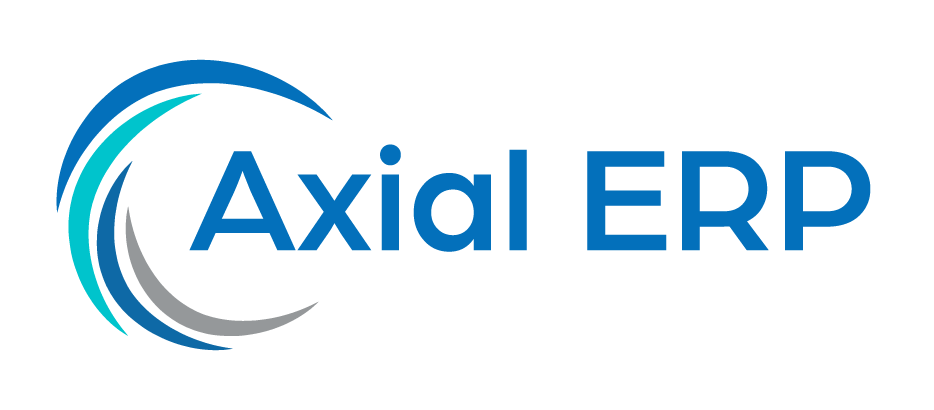The Integration of ERP and Data Warehousing for Intelligent Business Decisions
In the information age, companies are constantly seeking ways to improve their decision-making and operational efficiency. One of the most powerful tools at their disposal is the integration of Enterprise Resource Planning (ERP) systems with Data Warehousing capabilities. This combination allows organizations to leverage large volumes of data to gain valuable insights and make decisions based on accurate and up-to-date information.
What is an ERP and How Does it Facilitate Decision-Making?
An ERP system is a software platform that helps companies manage and automate key business processes such as finance, human resources, production, and supply chain. By centralizing information in a single system, ERPs facilitate decision-making by providing a unified and real-time view of business operations.
The Role of Data Warehousing in Data Strategy
Data Warehousing, on the other hand, refers to the storage of a company’s data in a system designed to facilitate analysis and reporting. By consolidating data from multiple sources, a Data Warehouse enables companies to perform complex analysis, uncover trends and patterns, and support strategic decision-making.
Integration of ERP with Data Warehousing
The integration of ERP with Data Warehousing takes decision-making to a new level. By combining the operational efficiency of an ERP with the analytical capabilities of a Data Warehouse, companies can:
- Improve the accuracy of their forecasts and budgets.
- Identify opportunities for savings and efficiency.
- Optimize supply chain management.
- Enhance customer satisfaction through product and service customization.
- Perform predictive analysis to anticipate market trends.
Key Components of a Data Warehouse in an ERP Environment
For a Data Warehouse to be effective in an ERP environment, it must include:
- A centralized database that can handle large volumes of data.
- ETL (Extraction, Transformation, and Loading) tools to integrate data from various sources.
- Business Intelligence (BI) capabilities for data analysis and visualization.
- An optimized database schema for analytical queries and reporting.
Benefits of Integrating ERP with Data Warehousing
The integration of ERP with Data Warehousing offers numerous benefits, including:
- Improved Decision-Making: With access to historical and real-time data, business leaders can make more informed and timely decisions.
- Increased Business Agility: The ability to quickly respond to market changes is crucial, and an integrated system provides the necessary flexibility to adapt.
- Cost Reduction: Improved efficiency and process optimization can result in significant savings.
- Increased Productivity: Process automation and the availability of relevant information increase employee productivity.
- Enhanced Competitiveness: A data-driven company has a competitive advantage in its industry.
Challenges in Implementation
Despite its benefits, integrating ERP with Data Warehousing presents challenges such as system integration complexity, the need for a data-centric corporate culture, and organizational change management.
Conclusion
The integration of ERP and Data Warehousing is a powerful strategy for intelligent business decision-making. It provides companies with the necessary tools to effectively analyze data, improve operational efficiency, and stay competitive in a constantly changing market.



